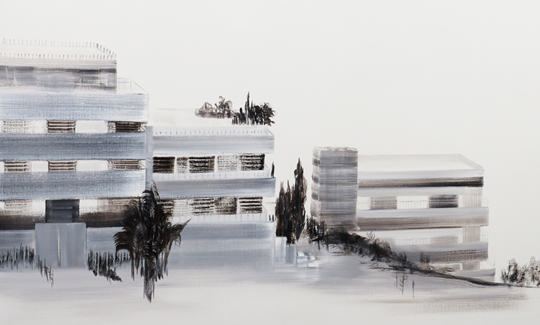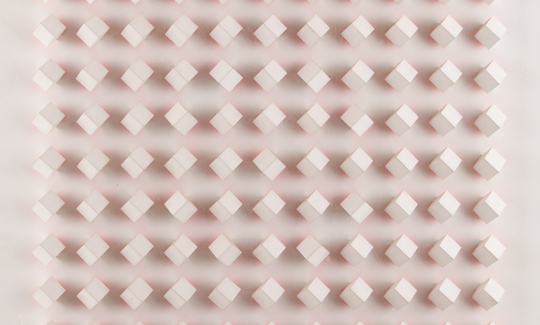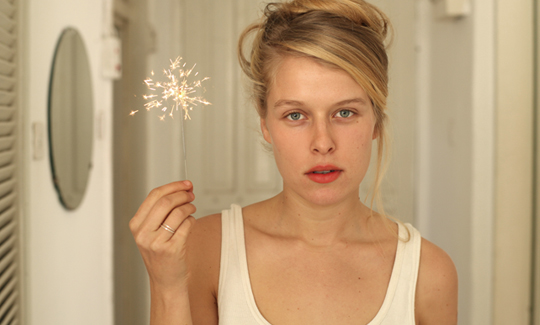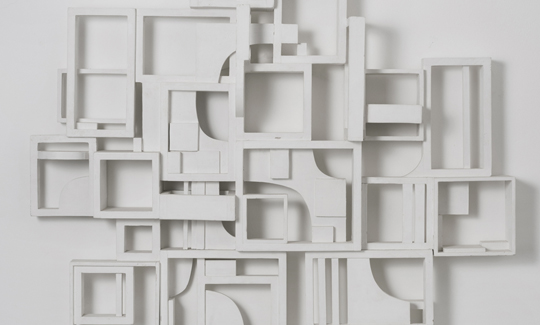White on White: From Malevich to Contemporary Art
Saturday, 19.11.16, 20:00
Sunday, 28.05.17
Curators: Larissa Bliman and Svetlana Reingold
Special Offer for the Weekends!
Entrance Ticket to the Exhibition – 20₪ Only! The offer is Valid from Thursday to Saturday.
** The offer is Valid on the day of the visit, one ticket per person.
More info:
046030800White on White: From Malevich to Contemporary Art
For hundreds of years, the color white has borne symbolic meanings in contexts related to religion, metaphysical thought, and literature. White has also been investigated in scientific research and in philosophical study. Yet it was only in the early twentieth century, following the work of Kazimir Malevich, that white in its most radical form was introduced into the world of visual art. Since Malevich's seminal works, white came to be seen as an integral part of art – both in its pure form, and as part of a broad framework of references (De Stijl, Arp, Rauschenberg, Manzoni, Sol LeWitt, Ryman, the Zero group, and others). However, the radical and exclusive use of white has often been derided and targeted in the critique of objectless art.
According to various perceptions, the subject of "white" involves ideas and concepts related to beginning, birth, silence, nothingness, and death, and may even embody an ironic position with regard to the idea of radical reduction. The exhibition "White on White" examines the diverse ideas and contexts that appear in discussions of the nature of white and whiteness. On the one hand, such discussions attempt to capture the idea of white; on the other hand, they oppose the notion of awareness and the idea of raising awareness. Postmodern art criticism reflects the characteristics encoded in the white color.
The artistic discourse regarding the nature of white has been influenced, among other things, by the philosophical discourse. Thus, for example, the Austrian philosopher Ludwig Wittgenstein addressed, before his death, the question of the optic nature of white, asking: "Why are we unable to imagine a transparent white?" – a question that he never explicitly answered. As white moves closer to transparency, it becomes less white. In other words, it moves towards a complete emptying, the ultimate transparent optical presence. The French philosopher Gilles Deleuze wrote that "it is a mistake to think that the painter works on a white surface," since the canvas already contains the potential of an infinite number of images. When we grant a form a concrete presence, we in fact erase and destroy whiteness – the void that signifies all possible forms.
The exhibition is divided into two main parts. The first part presents a historical survey of the preoccupation with white in Israeli art. The second part gathers together contemporary Israeli artists whose work addresses the power of purity and wholeness in an attempt to "illuminate" the sublime. Some of the works examine the nature of white abstraction, through which Duchamp and Malevich expressed absolute emptying in their attempt to reach the zero point of art. According to Mondrian, at this zero point of the essence of painting it would merge with eternity, with the entire world as a work of art. Alongside these are works that bleach Israeli landscapes to the point of a dazzling, blinding white, charging the scene with an aura that connects the earthly sun with its heavenly counterpart. The use of white, in this case, reflects an incisive critique of the Zionist vision that called for the purification of the land. In this sense, white is a multivalent element in the post-colonial discourse, as expressed by Homi Bhabha: "White is a kind of screen that reflects the political specters of the past in the empty space of the present." In addition, the color white, constituting a traditional symbol of femininity, purity, and fertility, is used by some artists as a means of expressing their position in the gender discourse, emphasizing that feminine self-esteem is today subjugated to an unrelenting maintenance of the body, required by the standards of beauty and fashion.
When presented with invisible elements, we realize that our relationship with the artwork relies on knowledge, on existing assumptions, and on a certain kind of trust in the authority of the artist and the institution of art. The exhibition "White on White" seeks to challenge the stereotypical characteristics attributed to the color white, and to expand our ability to experience and enjoy it, free from prejudice or interpretation.
Curators: Larissa Bliman and Svetlana Reingold
Special Offer for the Weekends! Entrance Ticket to the Exhibition – 20₪ Only! The offer is Valid from Thursday to Saturday.
** The offer is Valid on the day of the visit, one ticket per person.




